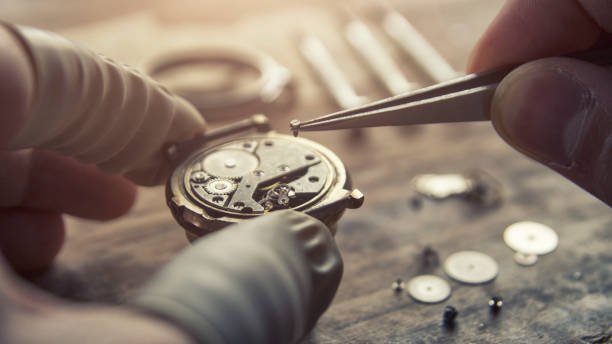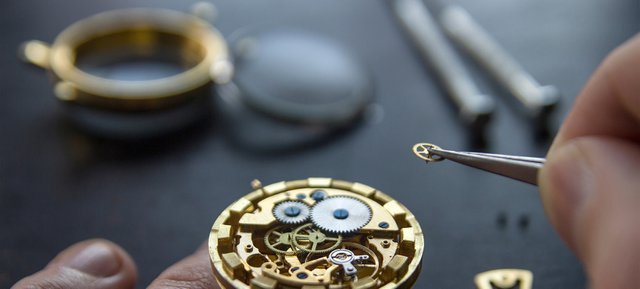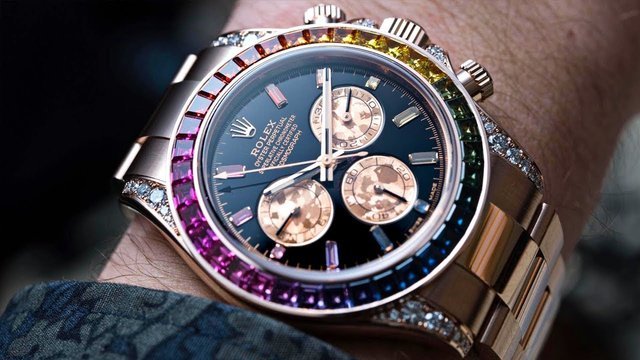
Watchmaking is the art and craft of manufacturing watches. It involves a variety of tasks, including design, prototyping, machining, assembly, and testing. Watchmakers use a wide range of tools and equipment to create the various parts of a watch, including lathes, milling machines, and specialized tools for cutting and shaping metal.

The process of making a watch can be broken down into several steps:
Design:
The first step in the watchmaking process is to design the watch. This involves creating detailed drawings and plans for the various parts of the watch and determining how they will fit together.
Prototyping:
Once the design is complete, a prototype of the watch is typically made. This allows the watchmaker to test and refine the design before moving on to production.
Machining:
The next step is to machine the various parts of the watch. This typically involves cutting and shaping metal using lathes and other specialized equipment.
Assembly:
Once the parts have been machined, they are assembled into the final watch. This typically involves a combination of hand-assembly and machine assembly.
Testing:
The final step in the watchmaking process is testing. This involves checking the watch for accuracy, water resistance, and durability to ensure that it meets the required standards.

Watchmaking is a skilled and demanding profession that requires a thorough understanding of the mechanics of timekeeping and a high level of precision and attention to detail. It is a field that has a long history and has evolved significantly over the centuries, with advances in technology and materials allowing for the creation of increasingly complex and sophisticated watches.